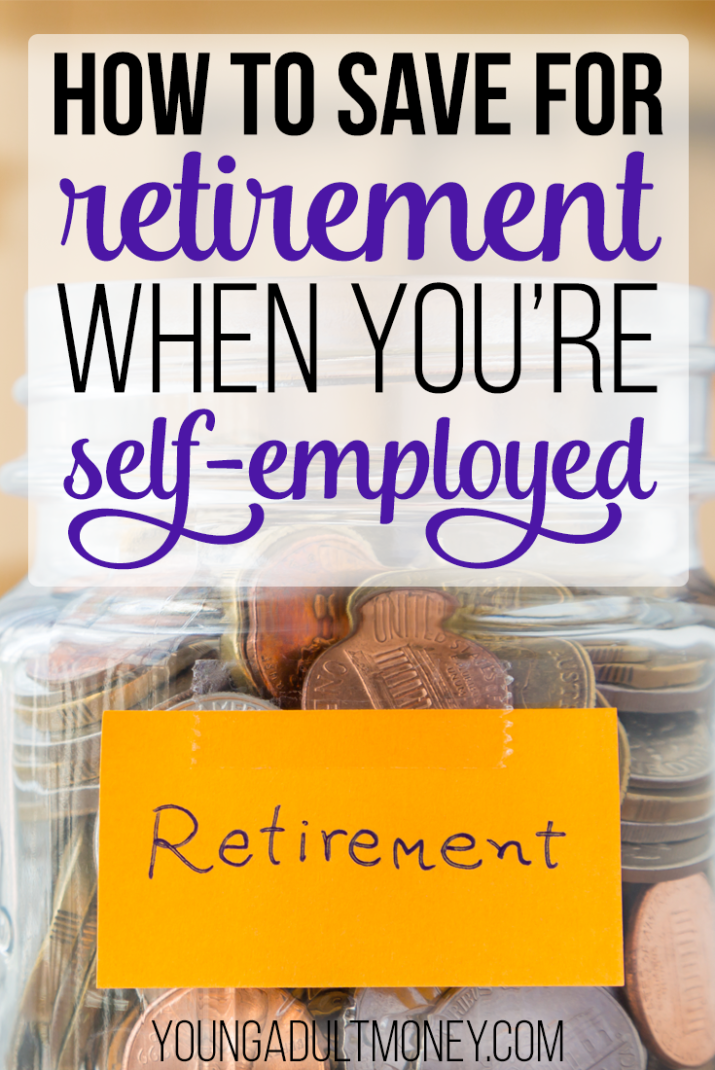 Self-employment comes with a lot of perks. You get the freedom of setting your own schedule and choosing your workload.
Self-employment comes with a lot of perks. You get the freedom of setting your own schedule and choosing your workload.
While these are all great, what do you do when it comes to retirement savings? Without a traditional employer-sponsored retirement plan, like a 401k, you’re on your own when it comes to saving for retirement.
It can be easy to let it slip through the cracks when you have a full workload to do. Client work, deadlines, and admin tasks can take most of your time and attention. A fluctuating income and workload can make saving feel impossible.
You aren’t the only one. In fact, according to a study by Freshbooks, 42% of self-employed professionals and small business owners are not preparing for retirement.
Wherever you are at with freelancing, it’s important to not put off saving for retirement. It doesn’t matter whether you’re just starting out or have an established business, saving for retirement when you’re self-employed should be a priority.
Let’s see how you can best go about doing it.
Save With a Traditional or Roth IRA
Traditional or Roth IRAs are popular options because they are usually easiest to set up. You can open one with an online brokerage like Vanguard or Betterment. They are open to anyone with earned income, though there are income limits.
With Traditional IRAs, contributions are tax-deductable provided you meet income requirements. Your contributions and earnings grow tax-deferred till you reach retirement, during which withdrawals are taxed. If you have an old workplace 401k, you could roll it over into a traditional IRA.
Roth IRA contributions are made with after-tax income. Your money and investments grow tax-free and there is no tax on withdrawals during retirement.
Due to the low contribution limits of Traditional and Roth IRAs, they probably won’t be able to cover your entire retirement. However, they can be a great starting point.
Here’s some specifics:
- You can contribute up to $5,500 of earned income for the year 2018 ($6,500 if you’re 50 or older)
- You can start withdrawing from your account penalty-free at age 59.5
- You can withdraw your contributions penalty-free and tax-free, before age 59.5 but not earnings. If you withdraw earnings, you will pay taxes on the amount and incur a 10% penalty.
- If you’re single, you can contribute the full amount if your annual income is less than $120,000 in 2018. If you’re married, you can contribute the full amount if you and your spouse’s income is less than $189,000 annually in 2018.
Save With a Solo 401(k)
A solo 401(k) is for businesses with no employees (one exception is a spouse who is an employee). It can be great for high earners because of its high contribution limits.
Contributions can be made both as an employee and as the employer. As an employee of your own business, you contribute just as you would to a traditional employer sponsored 401k. As the employer of your business, you can made an additional contribution based on your self-employement net earnings.
A Solo 401(k) is great if you’re looking to save a large amount of money for retirement.
- Contribute up to $18,500 in 2018 ($24,500 if you’re age 50 or older)
- In addition to contribution limits, you can contribute up to 25% of your net earnings from self-employment for a total contribution of $55,000 for the year.
- You can’t use this plan if you have or anticipate having employees as part of your business (other than your spouse)
- A solo 401k works like an employer-sponsored 401k, your contributions are made pre-tax and withdrawals after age 59.5 are taxed.
Save With a SEP IRA
A Simplified Employer Pension IRA allows you to save a portion of your business earnings. The investment account is best for self-employed people with no or few employees.
- The maximum contribution limit is $55,000 or 25% of net self-employment earnings for 2018.
- Contributions are tax-deductible and tax-deferred, so you will pay taxes upon withdrawal
- No catch-up contributions like other investment accounts have.
- You can deduct your contributions or 25% of net earnings, whichever is lesser, on your tax return.
- If you have employees, you must contribute an equal percentage amount to the percentage amount you contribute to yourself as an employee.
What is the Best Option?
There is no one-size-fits-all answer when it comes to the best investment account to use. Assess your situation and business model and go from there.
Saving for retirement when you’re self-employed can be tough. Ideally, choose a plan that grows with how you want your business to grow. You don’t want to have to go through the time-consuming task of switching plans as you grow your business.
Set up a free account with Personal Capital so you can get a full picture of your finances. Inside the service, you can track your cash flow and net worth. Use the service’s retirement planner to make and set goals for your finances and retirement.
Talk with a certified financial adviser to figure out your options. XY Planning Network has a network full of fee-only fiduciary financial advisers who can give you financial planning with your best interest in mind.
The important thing to remember is to just start. Don’t put off saving for retirement because it feels far away. Start saving now, even if it’s a small amount.
Related:
Are you self-employed? How do you save for retirement?


I have self-employment income, but it’s a small amount on the side of a traditional job with a 401k, so I only use the IRA outside if the tradition 401k. I have considered solo 401k’s, but haven’t looked that into them yet.